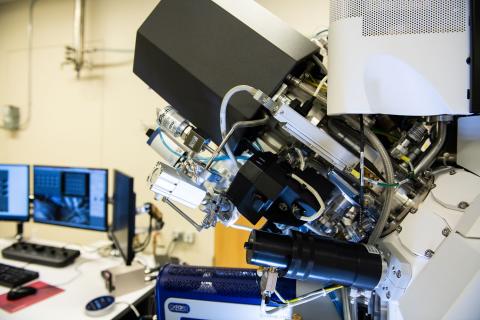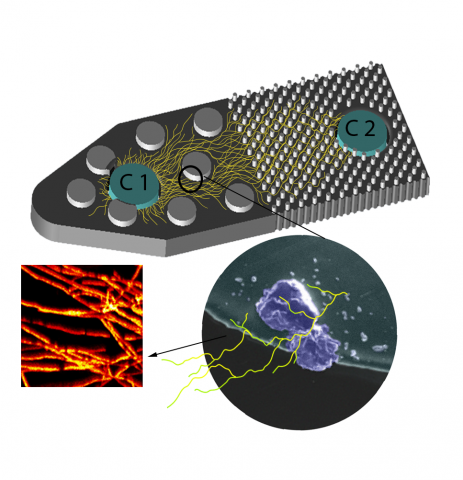Today, the most common methods used for medical device sterilisation are by gaseous ethylene oxide and by electron beam or gamma irradiation. With X-ray sterilisation about to enter the market, its material compatibility needs to be assessed at doses typically encountered during a sterilisation...
Filter results
Content type
Tags
- (-) Microscopy (4)
- (-) Polymer Materials (2)
- Virology (57)
- Immune Response (53)
- Time Sampled Measurement Datasets (50)
- Gene expression profile data (47)
- Differential Expression Analysis (46)
- Homo sapiens (34)
- Mass spectrometry data (30)
- Multi-Omics (30)
- MERS-CoV (18)
- Mus musculus (18)
- West Nile virus (13)
- Ebola (11)
- Influenza A (11)
- Omics (10)
- Resource Metadata (9)
- Mass Spectrometry (7)
- Human Interferon (6)
- Microarray (6)
- Omics-LHV Project (6)
- Proteomics (5)
- Imaging (4)
- Mass Spectrometer (4)
- metabolomics (3)
- Response to type I interferon (3)
- Epigenetics (2)
- Lipidomics (2)
- Spectroscopy (2)
- Viral Experiment (2)
The literature on the effects of radiation on the properties of various polymers and composites has been briefly reviewed for the purpose of identifying polymeric materials that could be irradiated to improve their performance. Radiation treatment of polymers may lead to cross-linking or chain...
Category
The innovative Elstar™ electron column forms the basis of the Helios NanoLab’s outstanding high resolution imaging performance. The Elstar features unique technologies, such as constant power lenses for higher thermal stability, electrostatic scanning for faster, higher accurate imaging, and unique...
Category
Stanford Synchrotron Radiation Lightsource Experimental Station 14-3b is a bending magnet side station dedicated to X-Ray Imaging and Micro X-Ray Absorption Spectroscopy of biological, biomedical, materials, and geological samples. Station 14-3b is equipped with specialized instrumentation for XRF...
Category
The Nikon Eclipse Ti2-E is a motorized and intelligent model for advanced imaging applications. Compatible with PFS, auto correction collar, and external phase contrast system. The base of choice for live-cell imaging, high-content applications, confocal and super-resolution.As research trends...
Category
Last updated on 2023-05-02T18:08:23+00:00 by LN Anderson Fungal Monoisolate Multi-Omics Data Package DOI "KS4A-Omics1.0_FspDS68" Molecular mechanisms underlying fungal mineral weathering and nutrient translocation in low nutrient environments remain poorly resolved, due to the lack of a platform for...




